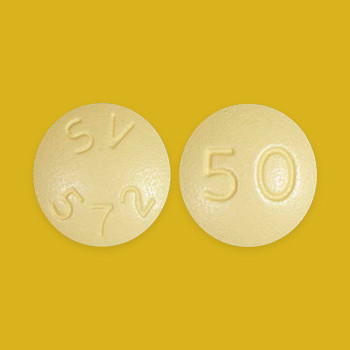
Unjustified patents enable drug companies to charge extortionate prices for key antiretroviral drugs – particularly second and third-line drugs.
Many patents are unmerited
The cost of HIV treatment in our four focus countries is at least US$3,000 per patient per year. Companies can charge high prices because patents in each country prevent competition from manufacturers of generic drugs. Many patents on drugs are unmerited, according to the minimum standards set out in the Trade-Related Aspects of Intellectual Property Rights (TRIPS) – an international agreement administered by the World Trade Organization (WTO).
Current patent and license status of 13 drugs
On these pages we include the current patent and license status of the 13 antiretroviral drugs we are targeting. For each drug we include details of the countries in which it is patented, has patents pending, and where voluntary and compulsory licenses have facilitated some competition.
-

Abacavir – ABC
Abacavir is recommended by WHO as a component of first and second-line antiretroviral treatment regimens for infants and children. Abacavir is commonly known as ABC.
-

Atazanavir – ATV
Atazanavir (boosted with ritonavir) is recommended by WHO as a component of second-line antiretroviral treatment regimens in adults. Atazanavir is also known as ATV.
-

Darunavir – DRV
Darunavir (boosted with ritonavir) is recommended by WHO as a component of third-line antiretroviral treatment regimens, and as an alternative to second-line regimens for adults. Duranavir is also known as DRV.
-

Dolutegravir – DTG
Dolutegravir was approved by the United States Food and Drug Administration in 2013. Dolutegravir is also known as DTG.
-

Efavirenz – EFV
Efavirenz is recommended by WHO as a component of first-line antiretroviral treatment regimens for adults, and as a component of first- and second-line treatment regimens for children over three years of age. Efavirenz is also commonly known as EFV.
-

Emtricitabine – FTC
Emtricitabine is recommended by WHO as a component of first-line antiretroviral treatment regimens and as an alternative in second-line regimens for adults. It is also an alternative component in first- and second-line regimens for children. Emtricitabine is also commonly known as FTC.
-

Etravirine – ETV
Summary There are no pharmaceutical companies manufacturing generic etravirine. Given the patent coverage in key manufacturing countries, it is likely...
-

Lopinavir – LPV
Lopinavir, boosted with ritonavir, is recommended by WHO as a component of second-line antiretroviral treatment regimens for adults and children, and as a component of the first-line treatment regimen for children under three. Lopinavir is commonly known as LPV.
-

Raltegravir – RAL
Raltegravir is recommended by WHO as a component of third-line antiretroviral treatment regimens. Raltegravir is also commonly referred to as RAL.
-

Rilpivirine – RPV
Rilpivirine was approved by the United States Food and Drug Administration in 2011. It is not currently included in the WHO guidelines. Rilpivirine is also commonly known as RPV.
-

Ritonavir – RTV
Ritonavir is recommended by WHO as a booster for atazanavir, lopinavir and darunavir. Ritonavir is also commonly known as RTV or r.
-

Tenofovir alafenamide – TAF
Tenofovir alafenamide is a pro-drug of tenofovir, which has been submitted for regulatory approval in combination with emtricitabine and as part of a single-tablet regimen comprising TAF/FTC/EVG/ COBI. Tenofovir alafenamide is commonly known as TAF.
-

Tenofovir disoproxil fumarate – TDF
Tenofovir disoproxil fumarate is recommended by WHO as a component of the first-line antiretroviral treatment regimen, and as an alternative component of second-line regimens for adults. Tenofovir disoproxil fumarate is also commonly known as TDF.













